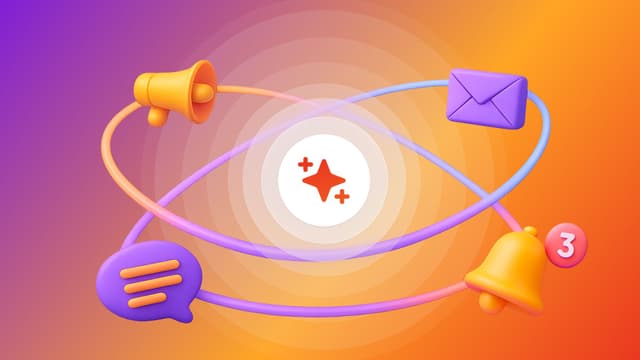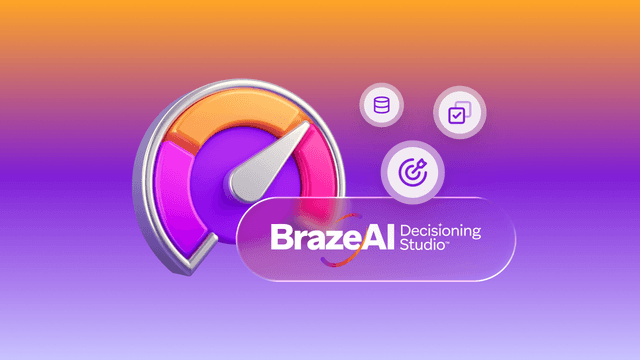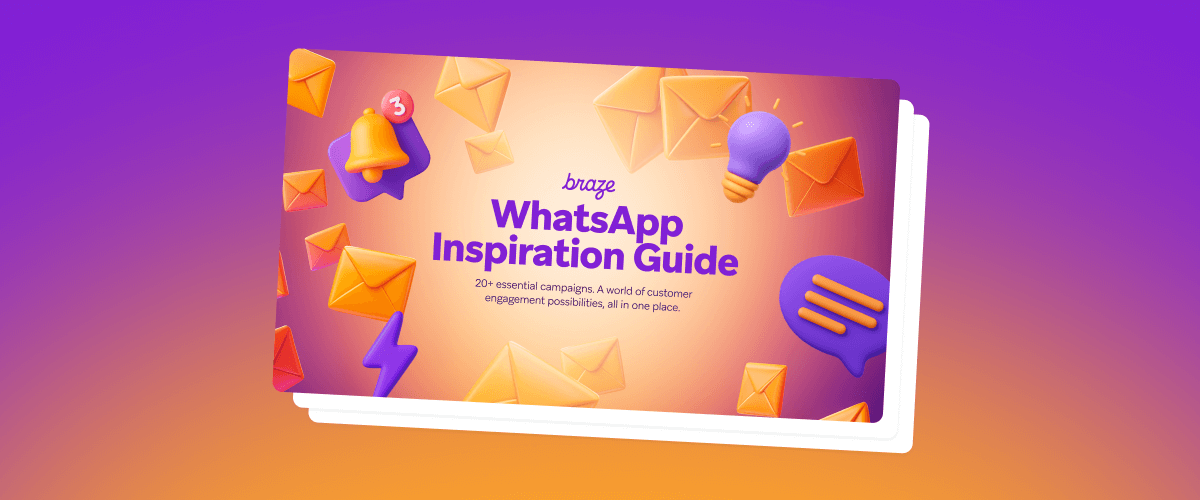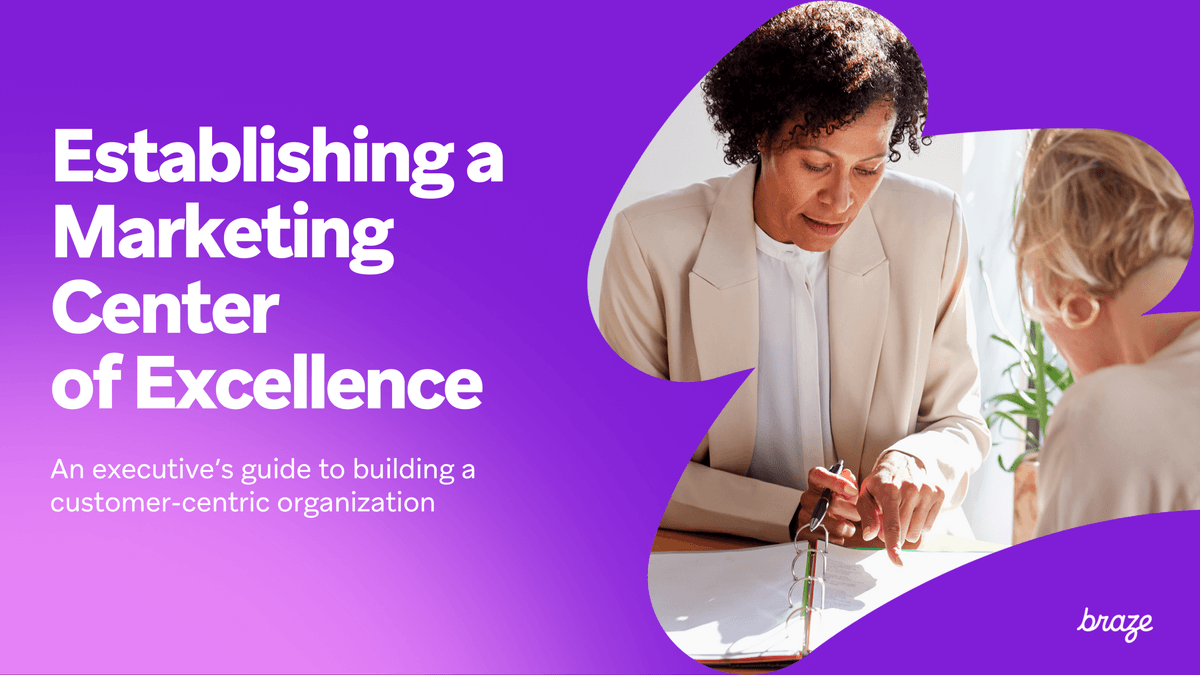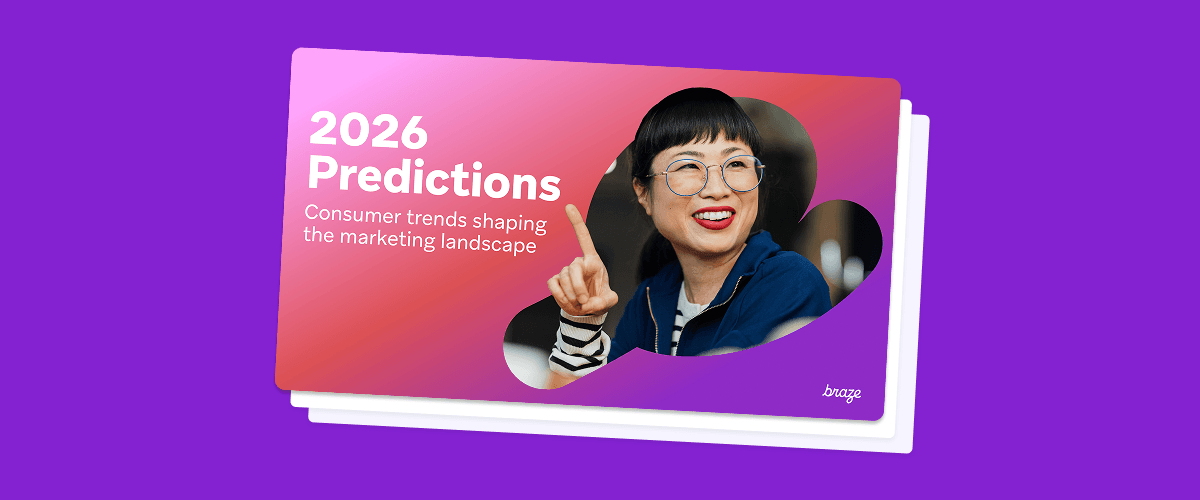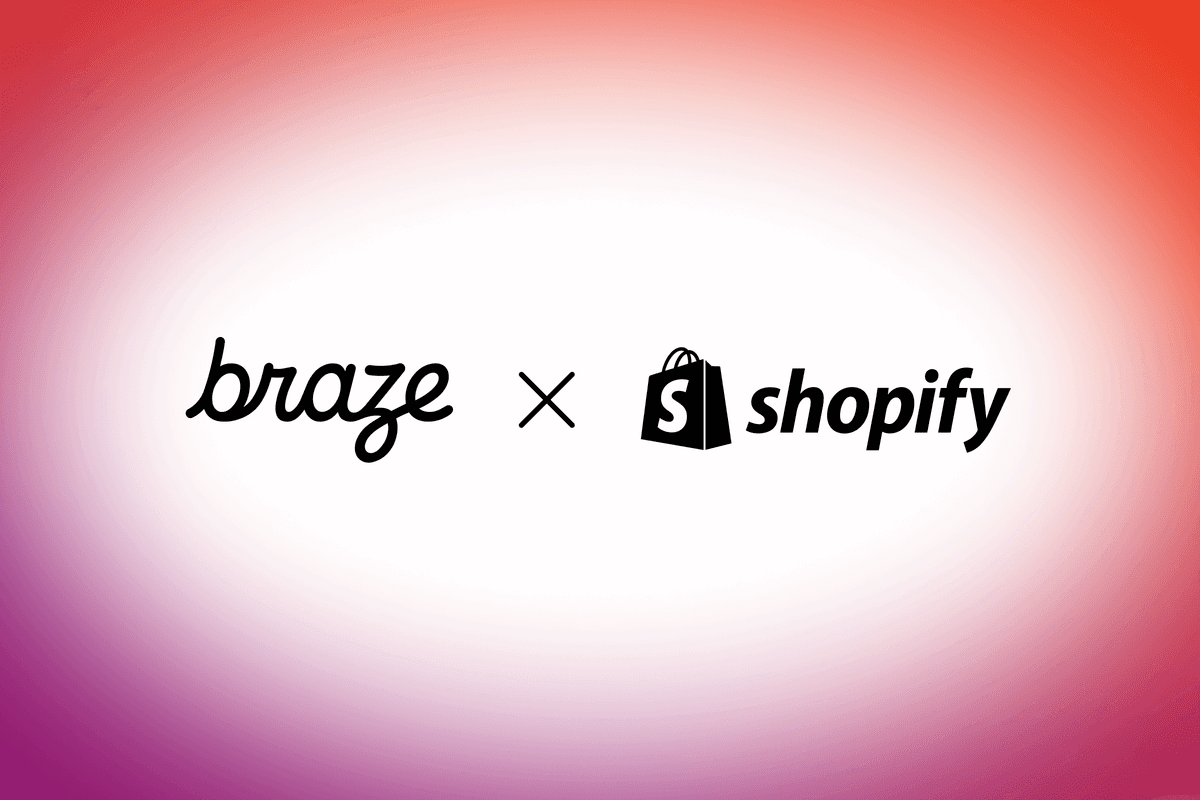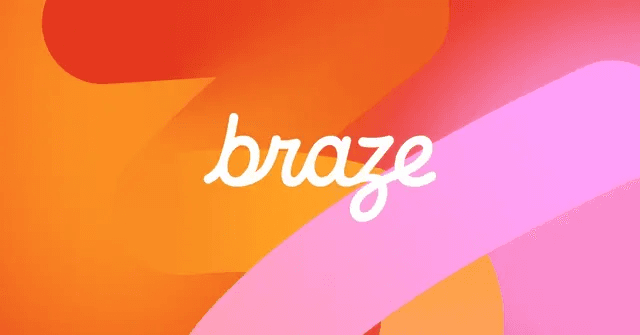Thought leadership, tips, and tricks for world-class customer engagement
Featured Stories

Blog12 min read
Experience optimization: Turning data insights into better journeys

Team Braze

Blog5 min read
December 2025 Bonfire Marketer of the Month: Jagex’s Emma Oliver

Emily Calderon
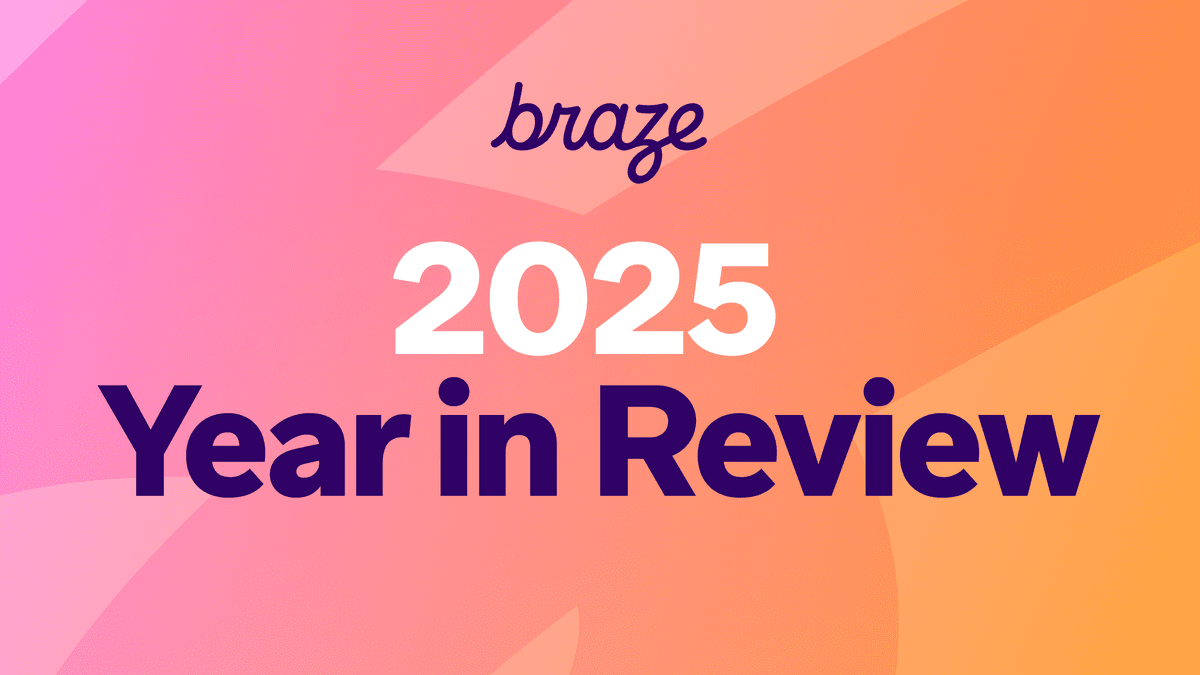
Blog10 min read
2025 Braze year in review: Major moments, milestones, and evolutions

Team Braze

Case Study6 min read
Grove Collaborative drives sustainable growth with Braze through a targeted browse abandon campaign
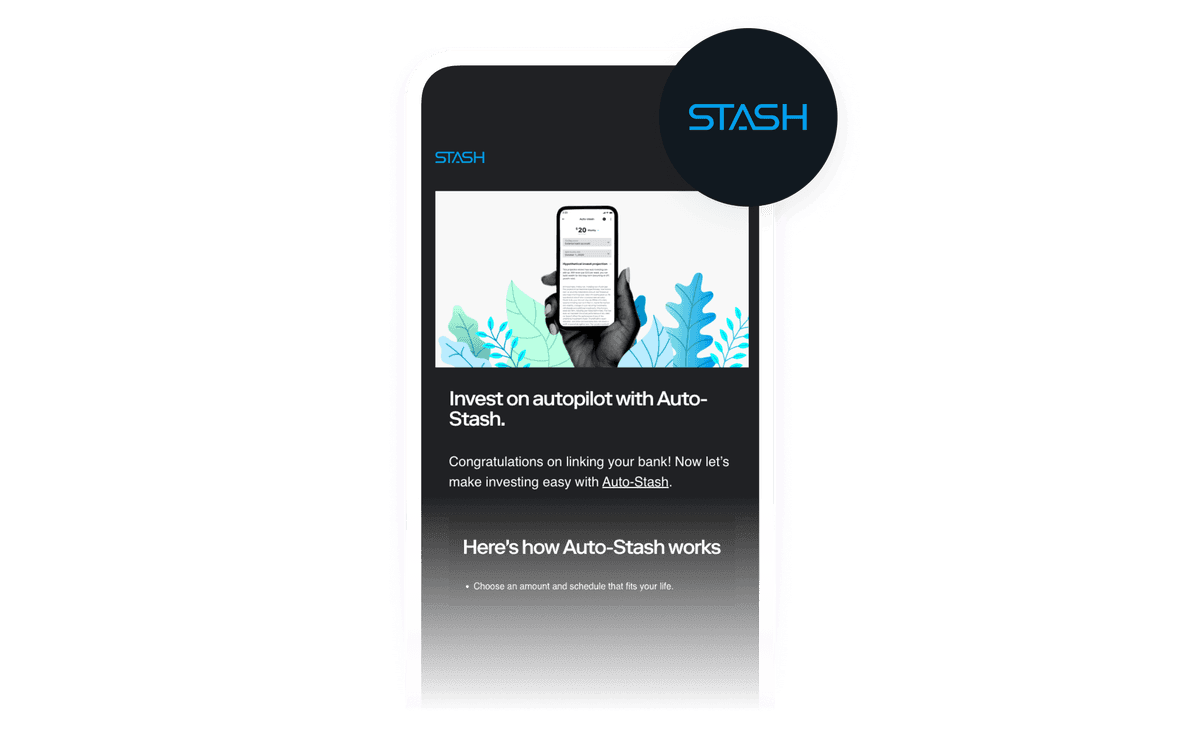
Case Study5 min read
Stash drives long-term investing habits with sophisticated, personalized user onboarding
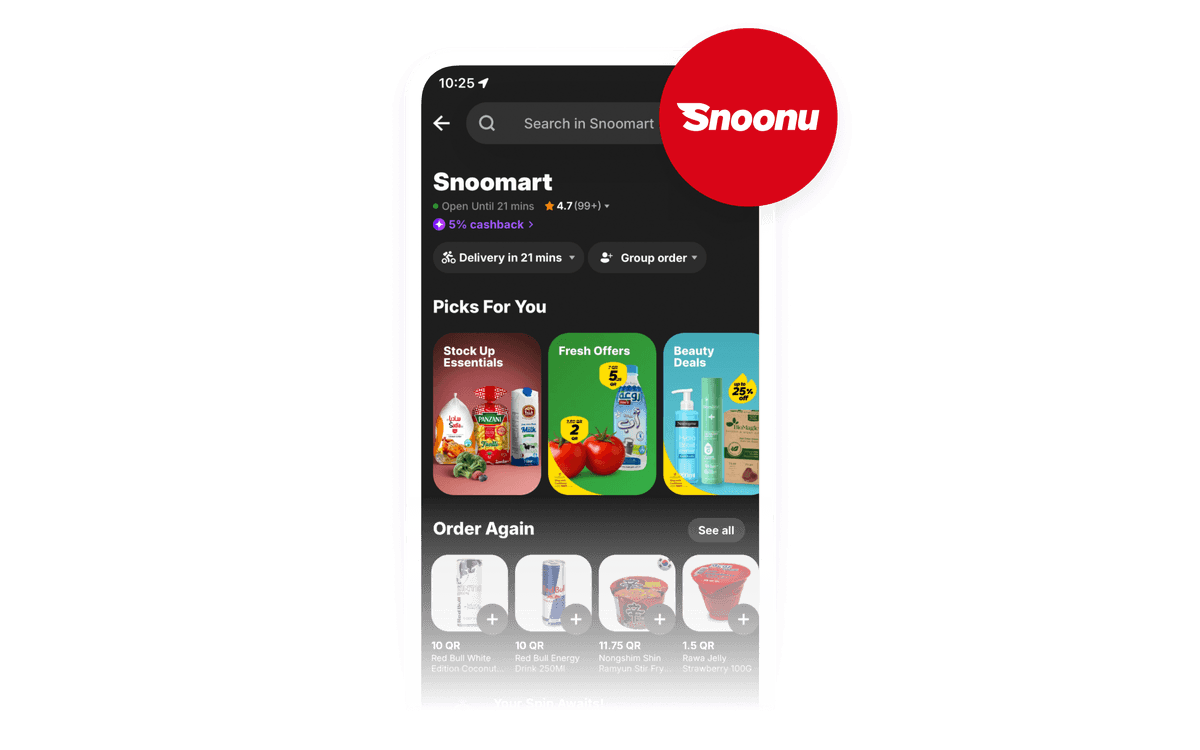
Case Study4 min read
Snoonu drives customer loyalty and repeat orders through a gamified shopping experience
SUBSCRIBE
Please select one option only and then submit your preference.Please enter your business email address.Be Absolutely Engaging.™
Sign up for regular updates from Braze.
Loading...
Explore more from the Resource Hub
